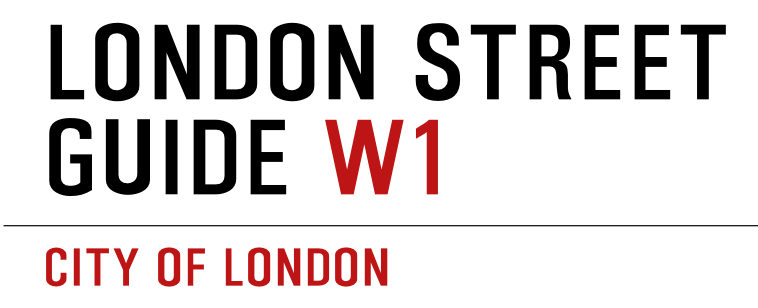Place Name
Southampton, on England’s south coast, boasts a rich maritime history, going back to Roman times as a port known as Clausentum. Giving its name to Hampshire, by the medieval period, Southampton was thriving, with a role in trade, including wool exports to Europe. The name if this Hampshire town comes from the Anglo-Saxon Hamwic and Hamtun, which were used to describe the same area in different contexts. The prefix South was added to distinguish it from Northampton, another town in Wessex. As for this street name, at the start of the 20thCentury this area still formed part of Newbarns Farm although it was later used as a golf course. It remained that way until shortly after the Second World War when demand for housing from the newly demobbed men and their families far outstripped supply. At first accommodation consisted of dozens of pre-fabricated Arcon bungalows hastily erected around Pollards Hill but from the 1950s a more permanent solution was sought. Merton Council’s archive explains: “In the 1950s the Council built six-storey maisonette blocks, starting with Westmorland Square and finishing the final block in Bovington Square in 1956. By the standards of the day, the much needed housing was built in record time and Mitcham Council could boast a house-building programme which exceeded that of any other Surrey Council.” But even this wasn’t enough to meet future demand. Following the post-war population boom much more housing was needed by the mid-1960s and so the Pollards Hill Housing Estate was laid out and built between 1968 and 1971. It was a high density scheme that included various areas of green space in the form of private gardens, partly enclosed squares, and a public park, Donnelly Green, named after Mitcham’s Head of Parks. Taking its cue from those original post-war buildings the streets were named after counties and county towns in England and Wales.
![]()
